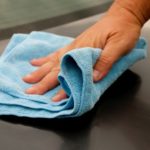Vinegar is a household staple with numerous uses, but did you know it’s also a laundry powerhouse? Discover 10 amazing vinegar hacks for washing and ironing your clothes.
1. Banish Mildew Odor
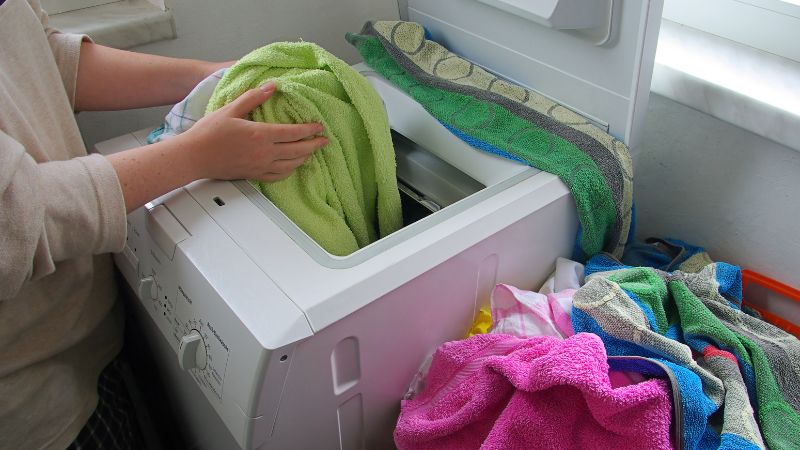 Banish Mildew Odor
Banish Mildew Odor
Mildew odor can be a problem for wet clothes left in the washing machine or laundry basket. Fill your washing machine with hot water and add 2 cups of white vinegar before washing the affected clothes. Then, run the laundry through a normal cycle with detergent. This method is effective for mildly affected clothes; heavier mildew may require stronger measures.
2. Brighten and Whiten Clothes
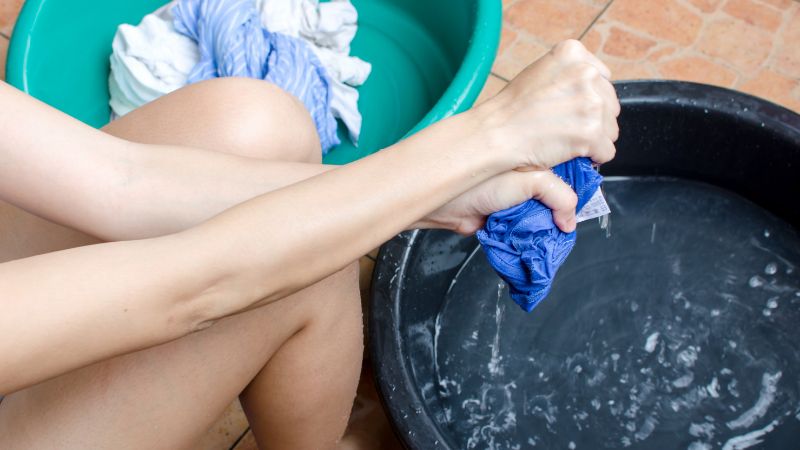 Brighten and Whiten Clothes
Brighten and Whiten Clothes
White vinegar contains acetic acid, which can dissolve detergent residue without harming fabrics. Add 1/2 cup of white vinegar to the final rinse water, or use the fabric softener dispenser in your washing machine, to brighten and whiten your clothes. For yellowed socks or discolored towels, boil them in a pot of water with 1 cup of vinegar. This method works especially well with cotton fabrics.
3. Natural Fabric Softener
 Natural Fabric Softener
Natural Fabric Softener
If you want softer clothes without the fragrance of commercial fabric softeners, try white vinegar. Add 1/2 cup of vinegar to the final rinse cycle to soften your clothes and prevent detergent buildup. For a subtle scent, add a few drops of your favorite essential oil.
4. Reduce Lint and Pet Hair
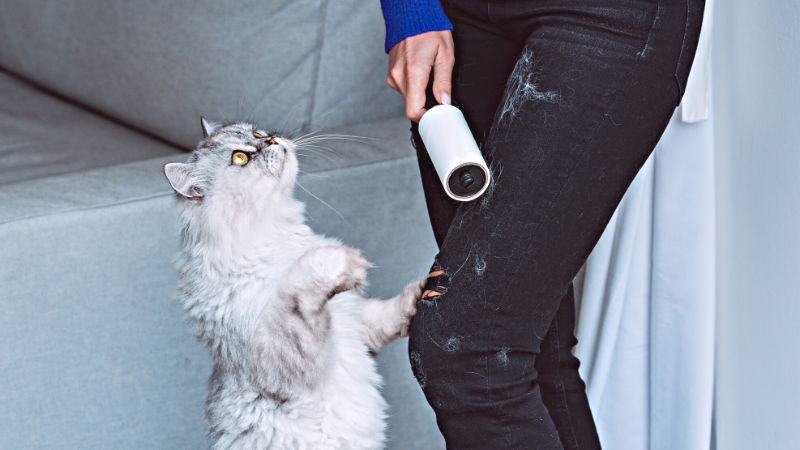 Reduce Lint and Pet Hair
Reduce Lint and Pet Hair
Lint and pet hair can be a nuisance, but vinegar can help. After washing and rinsing your clothes, add 1/2 cup of white vinegar, shake it off, and hang them to dry as usual.
5. Combat Underarm Stains
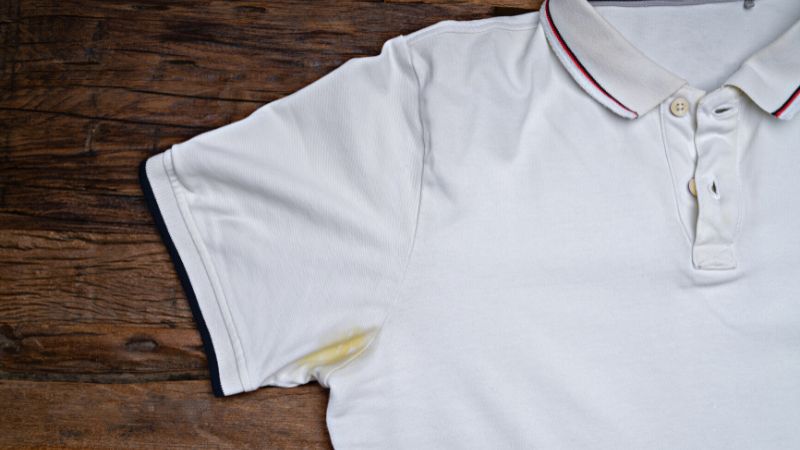 Combat Underarm Stains
Combat Underarm Stains
Fill a spray bottle with vinegar and spritz it on underarm areas of shirts. Let it sit for 10 minutes, then wash as usual. If the fabric still feels stiff, use an old toothbrush to scrub away any remaining residue. This method will help remove deodorant buildup and prevent yellow stains.
6. Remove Creases Along Seams
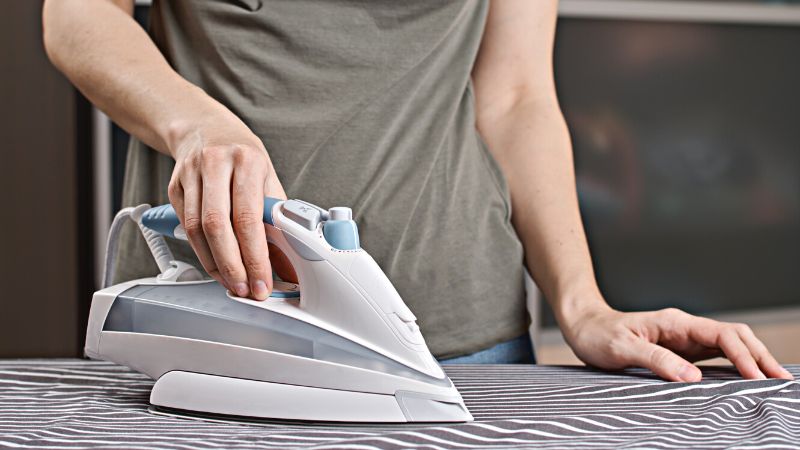 Remove Creases Along Seams
Remove Creases Along Seams
Place a white cloth soaked in vinegar under the garment, and iron at the correct temperature. Cover the garment with another cloth to prevent scorching. This technique can remove small holes along seams or stitching.
7. Preserve Dark Colors
 Preserve Dark Colors
Preserve Dark Colors
To prevent dark clothes from fading, simply add 1/2 cup of white vinegar when rinsing them. This will remove detergent residue and other cleaning agents, keeping your black clothes from looking dull.
8. Eliminate Smoke Odor
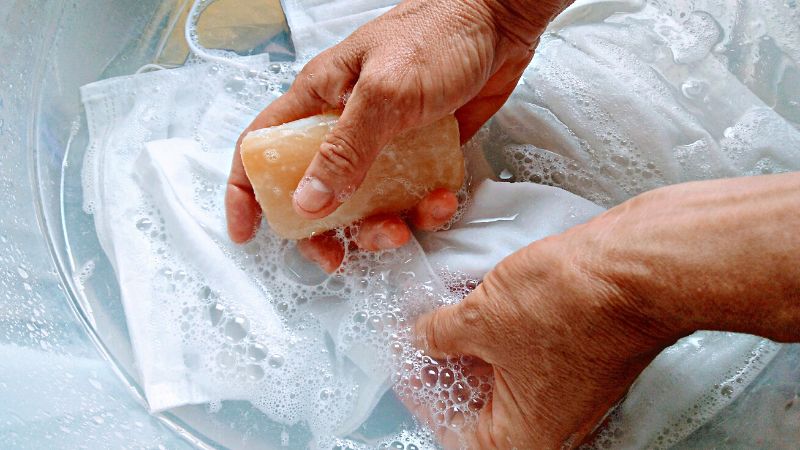 Eliminate Smoke Odor
Eliminate Smoke Odor
If your clothes smell like cigarette smoke or fireplace soot, add 1/2 cup of white vinegar to the wash cycle. For dry-clean-only items, hang them over a pot of boiling water with 1 cup of vinegar to let the steam freshen the fabric.
9. Clean Your Washing Machine
 Clean Your Washing Machine
Clean Your Washing Machine
Detergent residue and lint can build up in your washing machine, reducing its efficiency. To clean it, fill the machine with hot water and add 2 cups of white vinegar. Run a full cycle without any clothes to freshen your machine and improve water flow. Do this about four times a year for best results.
10. Clean Your Iron
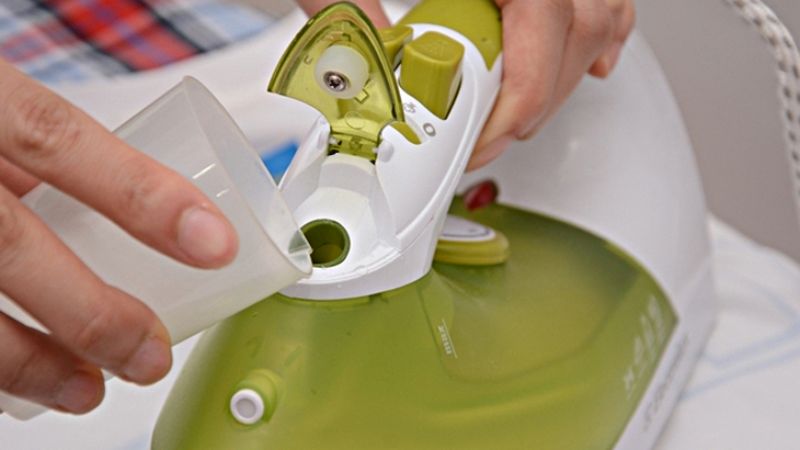 Clean Your Iron
Clean Your Iron
To clean your iron and prevent buildup in the steam vents, fill the reservoir with a mixture of equal parts white vinegar and water. Let it sit for 5 minutes, then empty and rinse the reservoir. Fill it with plain water, and iron a old cloth for a few minutes to remove any remaining residue. Your iron will be good as new!
There you have it—10 incredible vinegar hacks for your laundry routine. Thanks for reading, and stay tuned for more useful tips on our website!

























